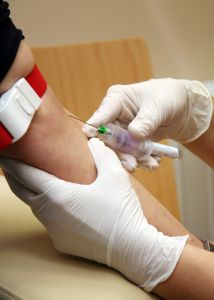- Free Consultation*: 210-787-5993 Tap Here to Call Us
Proving Causation in Texas Medical Malpractice
The most difficult aspect of proving the San Antonio and greater Texas medical malpractice case is proving causation through expert testimony. There have been incredibly vast changes in the law of medical malpractice. In the late 1970s, the Texas legislature was tasked with remedying the “medical malpractice insurance crisis” which allegedly was the product of an increase in the number of malpractice claims and increasing frequency of accusations against doctors. In 1995, the Legislature passed several bills to address the issue of lawsuit abuse and additional tort reform measures in 2003 resulting in what is infamously known as Chapter 74 of the Texas Civil Practice and Remedies Code (CPRC). Today, medical malpractice in San Antonio and Texas possesses its own specialized body of rules that are different from other types of traditional San Antonio and greater Texas personal injury cases. Now, the emphasis is on utilizing expert testimony to educate a jury with the technical, scientific, or medical information to determine negligence.

A medical malpractice plaintiff in San Antonio and greater Texas must prove that their injuries were “proximately caused” by the negligence of the medical care provider. There are two elements of proximate cause : Cause in Fact (also known as Substantial Factor) and Foreseeability. The jury must decide whether by a preponderance of the evidence, the act of negligence was a substantial factor in causing the harm. Usually the evidence must meet the “degree of reasonable medical probability” that the doctor’s negligence caused the injury. The injured plaintiff does not have to exclude every possible cause. To prove cause in fact or substantial factor, a San Antonio Texas personal injury attorney must prove that had it not been for the doctor’s act or omission, the serious injury would not have occurred based upon reasonable medical probability. Mere speculation, conjecture, or possibility does not meet the standard of reasonable medical probability. The next issue in a Texas medical malpractice case is foreseeability. This term does not mean that the particular accident or injury could be predicted – it simply means that the harm that occurred could reasonably have been anticipated. For example, if a patient needs an escort for safety and the escort has to be able to prevent a patient from falling, then it is foreseeable that an injured plaintiff has a risk of falling unless an escort is provided. The jury applies a practical inquiry to determine whether an injury was foreseeable. Whether you have been a victim of nursing home abuse or medical malpractice, contact a San Antonio and greater Texas injury lawyer today.




